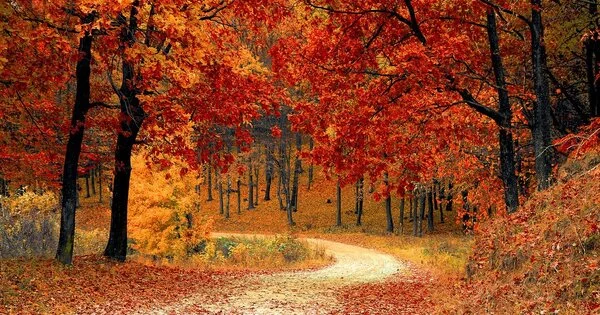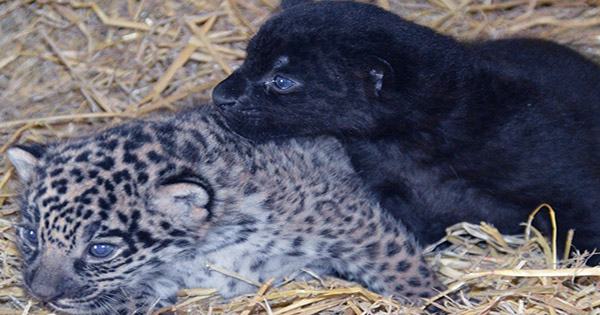A temperate deciduous forest is a biome distinguished by four distinct seasons, a temperate climate, and deciduous trees that shed their leaves in the autumn. This is a type of temperate forest that is ‘dominated’ by deciduous trees that lose their leaves in the winter. These forests can be found in temperate climate zones, usually between 40 and 60 degrees latitude in the Northern Hemisphere and similar latitudes in the Southern Hemisphere. They are one of Earth’s major biomes, accounting for 9.69% of global land area. These forests can be found in areas with distinct seasonal variations, such as those with hot, humid summers, cold winters, and mild fall and spring seasons.
They are most common in the Northern Hemisphere, with particularly large regions in eastern North America, East Asia, and a large portion of Central and Western Europe, though temperate deciduous forests can also be found in South America in smaller areas. In the Northern Hemisphere, typical trees include oak, maple, basswood, beech, and elm, whereas in the Southern Hemisphere, trees of the genus Nothofagus dominate this type of forest.
Temperate deciduous forests provide several unique ecosystem services, including habitat for a variety of wildlife, and they are subject to a variety of natural and human-induced disturbances that alter their structure on a regular basis.
Key features of temperate deciduous forests include:
- Climate: These forests experience four distinct seasons—spring, summer, fall, and winter. The climate is characterized by moderate temperatures and precipitation throughout the year.
- Flora: Deciduous trees dominate the landscape, shedding their leaves in the fall and regrowing them in the spring. Common tree species include oak, maple, beech, and birch. Understory vegetation often includes shrubs, ferns, and herbaceous plants.
- Fauna: Temperate deciduous forests are home to a diverse range of animal species. Deer, bears, squirrels, and raccoons are common mammals. Diverse bird, insect, amphibian, and reptile species also contribute to biodiversity.
- Soil: Because of the decomposition of leaves and other organic matter, the soil in temperate deciduous forests is usually fertile. This helps to create a nutrient-rich environment that supports a diverse array of plant and animal life.
- Biotic Interactions: These forests have complex ecological relationships. Many bird species, for example, migrate to temperate deciduous forests for breeding during the warmer months, taking advantage of the plentiful food resources.
















